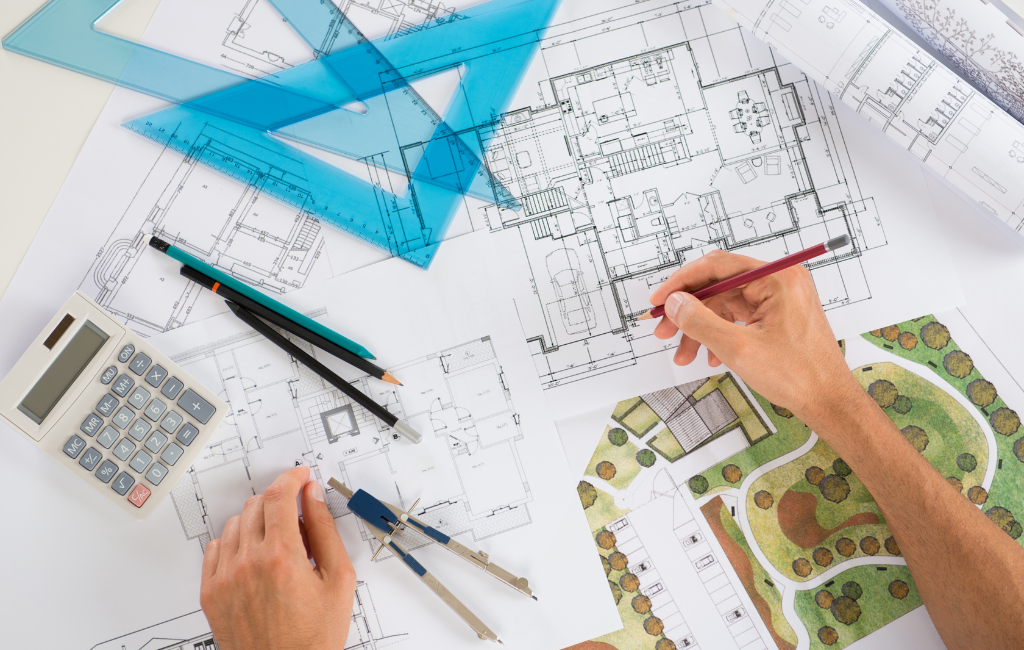Architect Trends: Innovating Living Spaces
In recent years, the field of architecture has witnessed a dynamic shift in how living spaces are designed and utilized. This transformation is driven by technological advancements, environmental considerations, and changing societal needs. This article explores the latest trends in architecture that are reshaping our living environments.
The Rise of Smart Homes
Smart homes have become a significant trend in modern architecture. These homes integrate technology to enhance convenience, security, and energy efficiency.
- Automation: Smart homes feature automated systems for lighting, heating, and security. Homeowners can control these systems remotely using smartphones or voice commands.
- Energy Efficiency: Smart thermostats and energy management systems help reduce energy consumption, leading to lower utility bills and a smaller carbon footprint.
- Security: Advanced security systems with cameras, motion detectors, and smart locks provide enhanced protection for residents.
A case study of a smart home community in California demonstrated a 30% reduction in energy usage compared to traditional homes, highlighting the potential of smart technology in sustainable living.
Sustainable Architecture
Sustainability is a key focus in contemporary architecture. Architects are increasingly designing buildings that minimize environmental impact and promote resource conservation.
- Green Building Materials: The use of recycled and sustainable materials, such as bamboo and reclaimed wood, is on the rise.
- Energy-Efficient Design: Passive solar design, green roofs, and high-performance insulation are common features in sustainable buildings.
- Water Conservation: Rainwater harvesting systems and low-flow fixtures are incorporated to reduce water usage.
The Bullitt Center in Seattle is a prime example of sustainable architecture. Dubbed the “greenest commercial building in the world,” it generates its own energy through solar panels and collects rainwater for all its water needs.
Biophilic Design
Biophilic design emphasizes the connection between humans and nature. This trend seeks to create living spaces that promote well-being by incorporating natural elements.
- Natural Light: Large windows and skylights are used to maximize natural light, reducing the need for artificial lighting.
- Indoor Plants: Incorporating greenery indoors improves air quality and creates a calming atmosphere.
- Natural Materials: Wood, stone, and other natural materials are used to create a sense of harmony with the environment.
A study by the University of Exeter found that biophilic design can increase productivity by 15% and improve well-being by 40%, making it a popular choice for both residential and commercial spaces.
Adaptive Reuse
Adaptive reuse involves repurposing existing structures for new uses. This trend is gaining traction as a sustainable alternative to new construction.
- Historical Preservation: Old factories, warehouses, and churches are being transformed into modern living spaces while preserving their historical significance.
- Cost-Effectiveness: Repurposing existing buildings can be more cost-effective than new construction, reducing the need for new materials.
- Community Revitalization: Adaptive reuse projects often breathe new life into neglected areas, fostering community development.
The High Line in New York City is a successful example of adaptive reuse. This elevated railway was transformed into a public park, attracting millions of visitors and revitalizing the surrounding neighborhood.
Minimalist Design
Minimalism continues to influence architectural design, focusing on simplicity and functionality.
- Open Floor Plans: Minimalist homes often feature open layouts that maximize space and create a sense of flow.
- Neutral Color Palettes: Soft, neutral colors are used to create a calming and timeless aesthetic.
- Functional Furniture: Furniture is designed to be both practical and stylish, often serving multiple purposes.
The Farnsworth House by Ludwig Mies van der Rohe is a classic example of minimalist architecture, with its clean lines and open spaces embodying the “less is more” philosophy.
Modular Construction
Modular construction is revolutionizing the building industry by offering a faster and more efficient way to construct homes.
- Prefabrication: Building components are manufactured off-site and assembled on-site, reducing construction time and waste.
- Flexibility: Modular homes can be easily expanded or reconfigured to meet changing needs.
- Cost Savings: The streamlined construction process often results in lower costs compared to traditional methods.
A report by McKinsey & Company found that modular construction can reduce building time by up to 50% and costs by 20%, making it an attractive option for developers and homeowners alike.
Conclusion
The trends shaping modern architecture reflect a growing emphasis on technology, sustainability, and human well-being. From smart homes and sustainable design to biophilic elements and adaptive reuse, these innovations are redefining how we interact with our living spaces. As architects continue to push the boundaries of design, the future of living spaces promises to be more efficient, harmonious, and adaptable to the needs of society.
